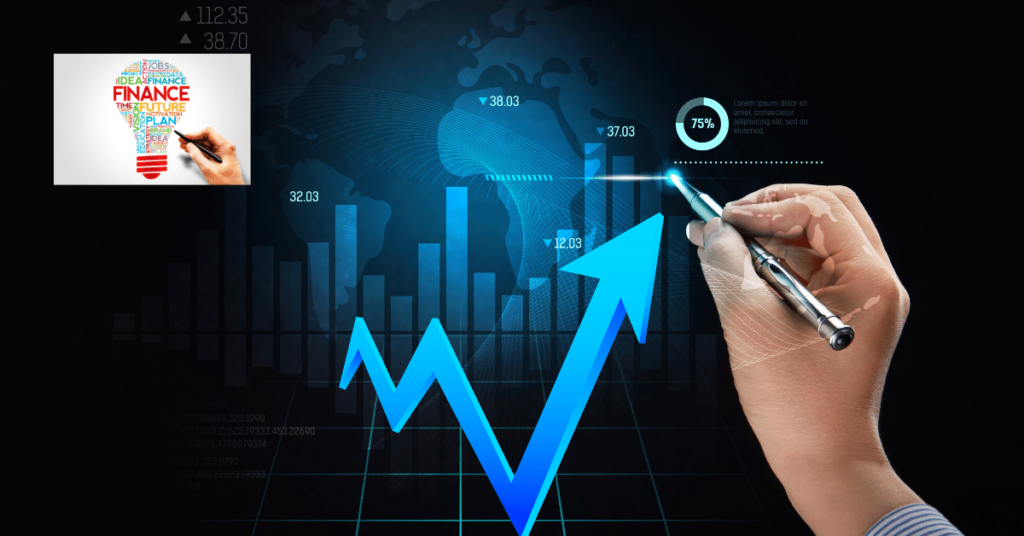Open banking currently enables controlled services and products to access deal data from financial institutions. Open finance will certainly give access to a consumer’s entire monetary impact.In the quickly developing landscape of financial innovation, two terms often arise– Open Finance vs Open Banking Are they interchangeable? Is one a progression of the various others? Untangling these intricacies is vital to exploring the future of monetary solutions. In this article, we look into the distinctive worlds of Open Finance Vs Open Banking, discovering their beginnings, subtleties, and transformative influence. Join us on this concise trip to demystify the money field’s newest buzzwords and comprehend the critical role they play in shaping the monetary globe as we know it.
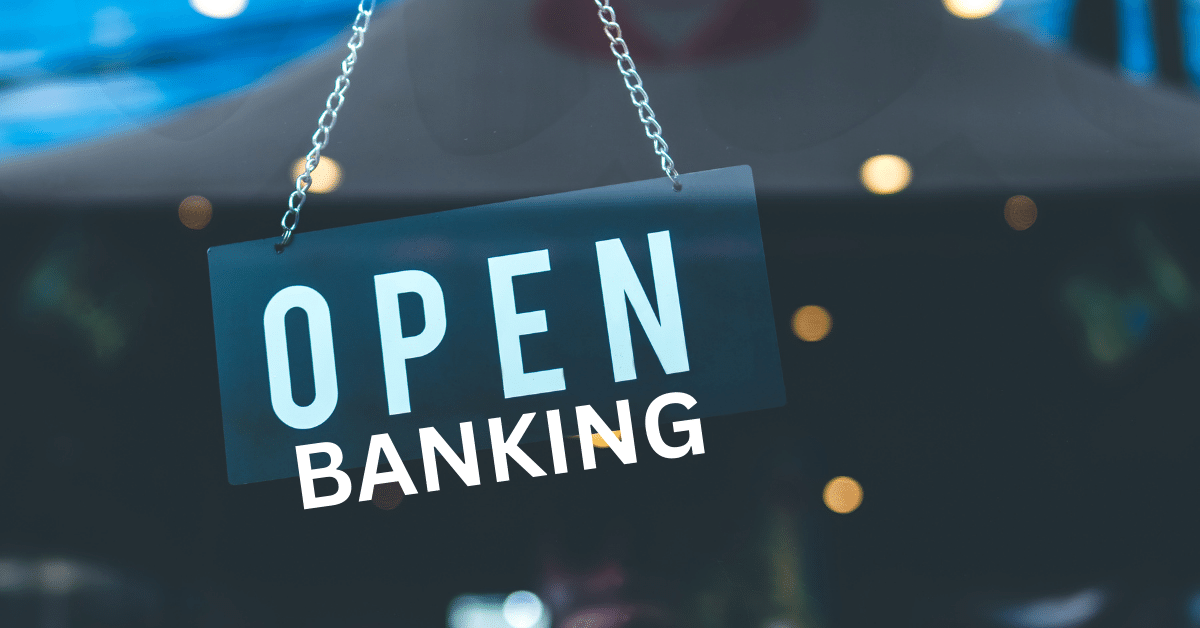 The Dynamics of Open Finance vs. Open Banking
The Dynamics of Open Finance vs. Open Banking
Understanding Open Banking.
What is Open Banking?
Open banking marks a standard shift in the economic market, driven by the need to improve consumer control and foster innovation. Basically, it entails sharing economic data—traditionally guarded by financial institutions—with third-party companies using Application Programming Interfaces (APIs).
This technique allows the development of new monetary services and products, equipping consumers to take advantage of their information for better economic management.
Just How Open Banking was Started
The creation of Open Banking can be traced back to regulatory efforts focused on cultivating competitors and innovation. Different regions, consisting of the European Union and PSD2 (Payment Services Directive 2), have mandated financial institutions to open their data to accredited third parties.
This governing push has actually militarized the transformation of standard banking models, urging cooperation and promoting a more dynamic monetary ecological community.
What is Open Banking?
Open up Banking, at its core, has to do with breaking down silos. It takes down the typical closed model of financial, where financial institutions held a syndicate over client data. Rather, it enables consumers to share their monetary information securely with other accredited carriers, resulting in the development of customized monetary services customized to specific demands.
As we browse the detailed landscape of open banking, it becomes apparent that this version is a reaction to the changing assumptions of customers in the digital age. It not only improves monetary procedures but likewise supports an abundant ground for fintech technology.
In the next section, we will certainly pivot our exploration to Open Finance, the all-natural advancement past Open Banking, to reveal just how it expands the horizons of financial inclusivity and information access.
 Understanding Open Finance
Understanding Open Finance
What is Open Finance?
As open banking laid the structure, open finance emerged as the next rational step in the advancement of financial ecological communities. Open Finance broadens the range beyond standard banking services, incorporating an extra-detailed array of financial information. It extends the concepts of visibility and cooperation to a wider range, including investments, insurance, and other financial tools.
The Next Step: Open Finance
Open Finance is not just an expansion, but an alternative transformation of the monetary landscape. It goes beyond banking purchases, incorporating a diverse range of monetary activities right into its open design. The goal is to create an interconnected financial community where data streams perfectly, fostering innovation and boosting customer experiences.
How it has Changed: The Addition of Fresh Data Sources
A pivotal element distinguishing Open Finance from its precursor is the unification of diverse information sources. While Open Banking mostly takes care of transactional information, Open Finance integrates info from various economic items, allowing a more extensive understanding of a person’s monetary profile. This incorporation of fresh data sources enables a more nuanced analysis and the growth of extremely personalized monetary solutions.
Basically, Open Finance transforms monetary services from being product-centric to customer-centric. It recognizes that a person’s economic journey extends beyond typical banking, and by accepting a much larger dataset, it opens doors to technology that lines up much more carefully with the diverse demands of customers.
In the subsequent sections, we will unravel the nuances of exactly how Open Finance varies from Open Banking, the values driving these open versions, and the ramifications they hold for the future of money. Join us as we browse the details of these intertwined yet unique standards.
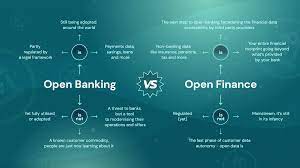 Differences in between Open Finance and Open Banking
Differences in between Open Finance and Open Banking
How do these two differ from each other?
While Open Finance and Open Banking share the common thread of visibility and data sharing, they split in their range and effect. Open Banking, as reviewed earlier, mainly concentrates on sharing transactional data between financial institutions and accredited third parties. It represents a foundational step in liberating economic information.
On the other hand, Open Finance takes the principle even further. It broadens the horizon by including a more extensive range of monetary activities. In addition to transactional information, Open Finance includes information from investments, insurance, and various other financial products. This growth makes it possible for a more alternative understanding of an individual’s financial landscape, cultivating an interconnected and dynamic economic community.
So, What Values do Open Finance and Open Banking Drive?
Both Open Finance and Open Banking are driven by core values centered around openness, technology, and consumer empowerment. Open Banking, pushed by regulatory mandates, intends to break down the typical banking silos, increase advertising competition, and foster advancement in the monetary industry.
Open Finance, as the natural progression, enhances these worths. By integrating a more substantial variety of monetary information, it intends to offer customers a more tailored and thorough monetary experience. The focus shifts from a product-centric technique to a customer-centric one, where monetary solutions are customized to private demands and aspirations.
Recognizing these differences is crucial in exploring the evolving landscape of financial technology. In the following sections, we will look into the details of the advantages and obstacles posed by Open Finance, exploring its potential to drive monetary inclusivity and improve the means by which we view and engage with financial services. Remain with us as we uncover the ins and outs of these open designs and their ramifications for the future of money.
 Relative Analysis
Relative Analysis
In this area, we will certainly perform a comparative evaluation in between Open Finance and Open Banking, deciphering the nuances that set them apart and analyzing their particular impacts on the monetary landscape.
Comparative Overview
Open banking, as a foundational idea, works as a forerunner to the more comprehensive paradigm of Open Finance. While Open Banking mostly focuses on the sharing of transactional information, Open Finance expands the scope to include a diverse variety of monetary activities. This expansion allows for an extra-depth understanding of an individual’s economic profile, paving the way for a more personalized and interconnected financial experience.
Data Scope and Integration
One of the essential differences lies in the scope of data integration. Open up Banking primarily deals with transactional data shared between financial institutions and accredited third parties.
On the other hand, Open Finance incorporates details from various financial products, such as investments, insurance coverage, and more. This extensive information range makes it possible for an extra-nuanced analysis, promoting the development of customized monetary remedies that go beyond the standard banking world.
Customer-Centric Approach
While both open finance and open banking aim to enhance openness and technology, open finance takes a much more obvious customer-centric approach. By taking into consideration a broader set of financial tasks, Open Finance acknowledges that a person’s economic journey extends beyond standard financial deals. This acknowledgement drives the growth of remedies that are not just transparent and innovative but additionally highly individualized to meet the varied requirements and ambitions of customers.
Implications for the Future
As we contrast these 2 versions, it becomes noticeable that Open Finance stands for a significant development from Open Banking. The shift from transactional data to an extra-extensive financial dataset aligns with the expanding demand for customized and interconnected financial solutions. The future of financing, it appears, lies in the hands of Open Finance, where advancement is driven by a deep understanding of specific monetary actions and choices.
In the upcoming areas, we will explore the particular advantages offered by Open Finance, the difficulties it poses, and how it aligns with the overarching goal of cultivating financial inclusivity. Join us as we dig much deeper into the transformative capacity of Open Finance in shaping the future of the economic landscape.
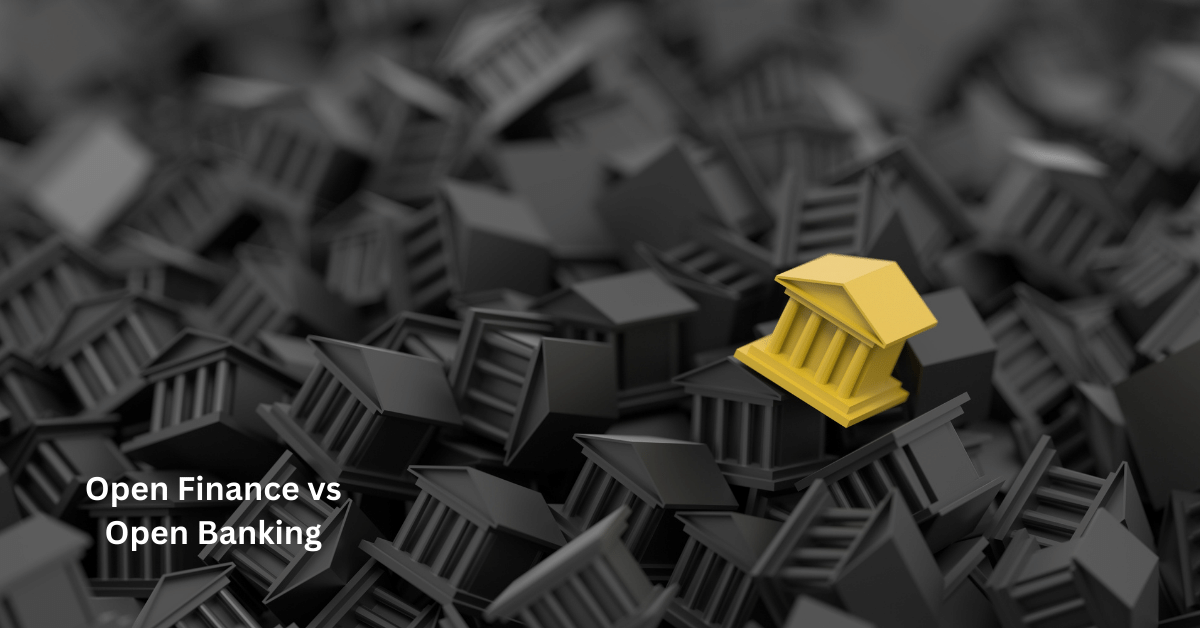 Benefits of Open Finance
Benefits of Open Finance
In this section, we will certainly explore the substantial benefits that Open Finance brings to the forefront, identifying it as a transformative force in the economic market.
Financial Inclusivity
Among the paramount advantages of Open Finance is its prospective to enhance monetary inclusivity. By including a broader range of monetary tasks, including investments and insurance, Open Finance opens doors for individuals that may have minimal accessibility to typical banking solutions. This development makes sure that a more diverse population can take part in the financial ecosystem, fostering financial empowerment and minimizing differences.
Personalized Financial Solutions
Open Finance’s incorporation of varied information resources allows for a much more nuanced understanding of private financial habits and preferences. This, consequently, facilitates the advancement of extremely tailored monetary solutions.
Whether it’s customizing investment portfolios, recommending insurance coverage plans, or suggesting budgeting methods, Open Finance empowers customers with solutions that align carefully with their one-of-a-kind demands and goals.
Advancement and Competition
The openness inherent in Open Finance stimulates advancement and competition within the monetary sector. As a wider selection of gamers can access and utilize monetary information, the market ends up being much more vibrant and responsive to evolving consumer demands. Fintech startups and well-established institutions alike are incentivized to develop ingenious products or services, promoting an atmosphere where competitors drive continual improvement and the introduction of novel financial solutions.
Seamless Financial Experiences
Open up Finance imagines a future where economic experiences are smooth and interconnected. With detailed information integration, users can anticipate a unified system that seamlessly incorporates financial, investment, insurance, and various other economic tasks.
This integration not only streamlines economic administration but additionally enhances individual experiences, offering a natural and easy-to-use interface for taking care of different aspects of one’s financial life.
Empowered Consumer Decision-Making
Empowering consumers with control over their financial information allows informed decision-making. Open up Finance ensures that people have access to a comprehensive view of their financial landscape, permitting them to make decisions that line up with their goals and worths.
This transparency construct depends on the relationship between consumers and monetary service providers, cultivating a much healthier and more collective financial environment.
In the subsequent areas, we will discover the challenges connected with Open Finance, resolving concerns and considerations that accompany the quest of an extra-open and interconnected financial future. Join us as we browse with the complexities and opportunities that lie ahead in the realm of Open Finance
 Difficulties of Open Finance.
Difficulties of Open Finance.
While Open Finance produces a host of benefits, it is not without its difficulties. In this area, we will delve into the obstacles and factors to consider that come with the quest of a much more open and interconnected monetary landscape.
Information Security and Privacy Concerns
The expansive information integration inherent in Open Finance raises reputable problems regarding data security and privacy. As economic data becomes even more interconnected, the threat of unauthorized accessibility and information violations intensifies. Striking the ideal equilibrium between openness and safeguarding delicate economic info is important to building and keeping consumers reliant on Open Finance systems.
Governing Compliance and Standardization
The worldwide nature of financing requires compliance with varied governing frameworks. Accomplishing a harmonized collection of criteria and policies for open finance is a complex challenge. Making sure that all participants abide by consistent guidelines is crucial for producing a secure and clear monetary community. Governing bodies need to adapt swiftly to the dynamic nature of open finance, striking an equilibrium between promoting advancement and safeguarding consumers.
Interoperability Among Financial Institutions
For Open Finance to reach its full capacity, seamless interoperability among various banks is extremely important. Attaining a standardized system where various entities can share and access data easily calls for concerted initiatives. The lack of interoperability can impede the effectiveness of open finance initiatives, restricting the scope and influence of interconnected economic solutions.
Managing and Analyzing Vast Amounts of Data
The richness of information in Open Finance, while a stamina, can also pose challenges in regards to managing and assessing huge quantities of details. Developing durable systems capable of handling and interpreting diverse financial data is vital for acquiring significant insights. Furthermore, ensuring that data analytics adhere by honest standards is vital to preventing prejudiced results and safeguarding consumers.
Resolving Technological Barriers
The effective implementation of open finance relies greatly on innovative technical frameworks. Overcoming technological obstacles, consisting of legacy systems and differing degrees of electronic maturation among banks, is a substantial challenge. Transitioning from typical designs to advanced, open systems needs substantial investments, calculated preparation, and collective initiatives.
Informing and Building Consumer Trust
The change in the direction of Open Finance demands an educated and trusting customer base. Educating people concerning the advantages and threats of sharing their economic information is important. Structure and preserving consumer rely on Open Finance systems require transparent communication, robust safety and security procedures, and a dedication to addressing consumer issues.
In the forthcoming areas, we will check out particular considerations associated with the legitimacy, safety, and security of monetary campaigns, provide understandings of potential problems, and direct principles. Join us as we browse via the complexities and possibilities that specify the landscape of Open Finance.
 Resolving Concerns
Resolving Concerns
In this section, we will certainly deal with detailed problems related to the authenticity and security of economic efforts, focusing on 2 distinct topics: “Cryptomoonshots” and the “Pi Network.”
Cryptomoonshots: Legitimacy or Scam?
The term “Cryptomoonshots” has gathered focus in the cryptocurrency area, commonly related to enthusiastic projects promising significant returns. Nonetheless, the authenticity of such endeavors is a pushing concern. Investors ought to exercise care and perform extensive research prior to taking part in any kind of cryptomoonshot investment.
Key indicators of legitimacy include clear project documents, a clear road map, and a legitimate development group. Nevertheless, it is essential to continue to be vigilant as the cryptocurrency area is prone to rip-offs, and potential investors need to be aware of warnings such as unrealistic assurances and absence of openness.
Pi Network: Scam or Safe? How to Withdraw?
The Pi Network, an additional cryptocurrency initiative, has actually stimulated inquisitiveness and uncertainty. Customers have to assess the legitimacy of the Pi Network and workout care. While the job intends to produce a decentralized cryptocurrency, issues have actually been raised about its long-lasting stability and the capacity for unapproved data use.
Individuals are suggested to look into the project thoroughly, be aware of the connected risks, and strategy engagement with a discerning frame of mind. In addition, understanding the process of taking out from the Pi Network is important for those engaging in its ecosystem, making certain that customers have control over their payments.
In the subsequent areas, we will go back to our expedition of Open Finance and Open Banking, analyzing their functions in resolving wider monetary worries and improving the monetary landscape. Join us as we browse via the details of these open designs and their ramifications for the future of finance.
Essential insights
In the vibrant world of Open Finance and Open Banking, we’ve browsed through the details of two interwoven yet unique paradigms for improving the monetary landscape. As we end our expedition, let’s wrap up trick understandings and highlight the transformative potential these open designs hold for the future of finance.
Recap of Key Insights
We started our journey by dissecting Open Banking, a cutting edge concept centered around the sharing of transactional information. From its regulative origins to its function in cultivating development and competition, Open Banking set the stage for a much more transparent and collective economic environment.
Transitioning to Open Finance, we observed an all-natural advancement beyond banking, accepting a broader array of monetary tasks. This expansion not only makes it possible for a comprehensive understanding of private financial profiles yet also paves the way for customized and interconnected financial experiences.
In our relative evaluation, we introduced the distinctions between Open Finance and Open Banking, highlighting Open Finance’s customer-centric strategy and its potential to drive development, competition, and financial inclusivity.
Checking out the advantages of Open Finance, we discovered its power to promote financial inclusivity, give customized economic options, promote technology, and deliver seamless economic experiences. Yet, with excellent guarantee comes great duty, and we explored the challenges, ranging from information safety problems to governing complexities and technical obstacles.
Attending to details worries surrounding efforts like Crypto Moonshots and the Pi Network, we underscored the importance of due diligence, transparency, and mindful involvement in the evolving landscape of cryptocurrencies.
The Transformative Potential of Open Models
As we look to the future, Open Finance emerges as a transformative force, improving how individuals connect with financial solutions. Its customer-centric technique, paired with advanced information analytics, has the potential to transform exactly how financial products or services are developed, delivered, and experienced.
Open Banking, while foundational, serves as a tipping rock to this broader vision. Together, these open models pave the way for an era where financial services are not just easily accessible however tailored to meet the distinct requirements of every person.
Navigating the Path Forward
While challenges exist, the journey towards an open and interconnected economic future is underway. Attending to concerns, cultivating consumer dependencies, and improving the governing landscape are essential components of this development.As we stand at the crossroads of economic technology, one thing is clear: the future comes from those that accept visibility, openness, and collaboration.
Whether you are a consumer navigating this brand-new landscape or a bank shaping its trajectory, the principles of Open Finance and Open Banking beckon us to reimagine the opportunities and forge a future where economic services are not simply open but really transformative. Join us in browsing this path forward, where the crossway of money and modern technology holds the promise of a much more comprehensive, customized, and interconnected financial globe.
 Added Information – A Little Bit About Citizen
Added Information – A Little Bit About Citizen
In the midst of our expedition of Open Finance and Open Banking, let’s take a moment to delve into an additional aspect: a short overview of Citizen While not directly related to the core ideas of Open Finance Vs Open Banking, understanding the duty and features of platforms like Citizen supplies a look into the more comprehensive landscape of economic technology.
Introduction to Citizen
Citizen, in the context of financial modern technology, usually refers to a system created to encourage users with real-time understanding into their economic lives. It works as a centralized center where people can monitor their monetary deals, track costs, and obtain a holistic view of their monetary health.
Attributes of Citizen.
Citizen systems normally provide a variety of functions, including:
Transaction Monitoring: Users can track their costs patterns, sight thorough purchase histories, and categorize costs for a more clear economic picture.
Budgeting Tools: Citizen frequently supplies tools for setting budget plans, assisting individuals manage their funds more effectively and prevent overspending.
Alerts and Notifications: Users receive signals and notices for significant economic tasks, such as big deals or approaching budget plan restrictions.
Credit Score Tracking: Some Citizen platforms integrate credit report monitoring, enabling customers to keep an eye on and recognize their credit reliability.
Security Measures: Robust safety functions, such as encryption and verification, ensure the defense of delicate economic information.
The Role in the Financial Ecosystem
While Open Finance and Open Banking focus on more comprehensive patterns for improving the monetary sector, platforms like Citizen add to the micro-level makeover. By positioning monetary information directly in the hands of customers, these platforms empower individuals to proactively engage with and manage their funds.
Understanding the duty of such platforms offers context for the progressing relationship between people and their financial information. It emphasizes the growing fad of financial empowerment, where technology not just attaches customers to a broader financial community but also places them in control of their financial fates.
As we end our expedition, think about the function of platforms like Citizen in your monetary journey. Whether you are navigating the complexities of Open Finance or simply looking for more control over your finances, these tools exhibit a continuous transformation in how we perceive and handle our economic lives.
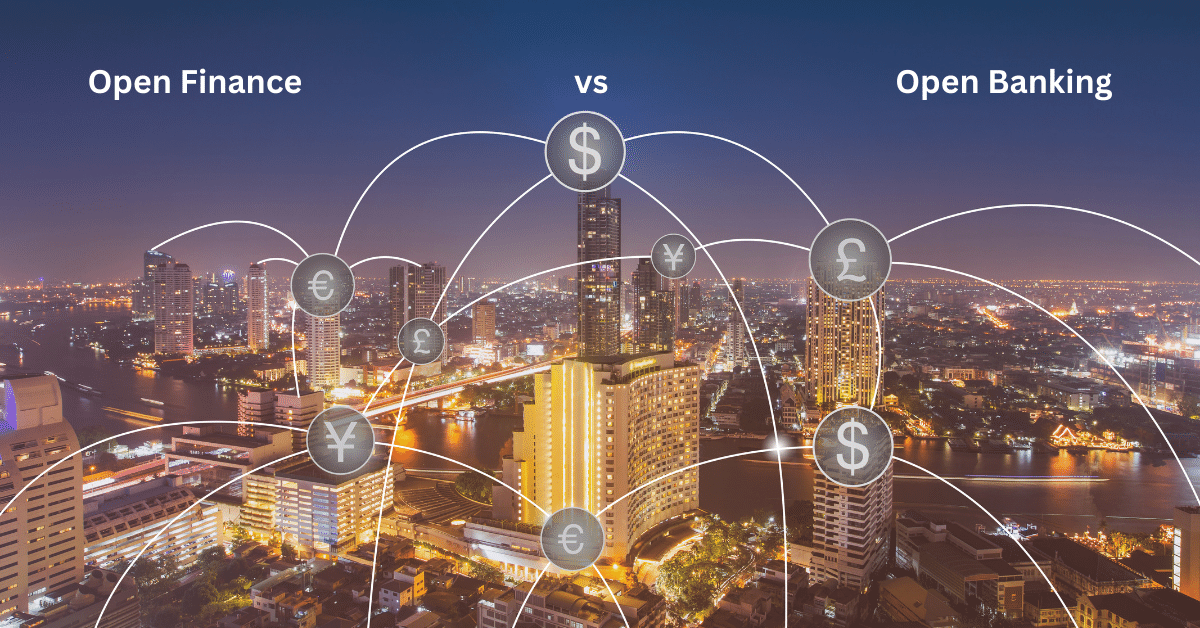 Future Trends and Evolving Dynamics
Future Trends and Evolving Dynamics
In the final section of our exploration right into Open Finance and Open Banking, let’s cast our gaze forward to prepare for future trends and progressing dynamics within the monetary landscape.
The Evolution of Open Models
As technology remains to development and customer expectations progress, the trip of Open Finance and Open Banking is much from static. We anticipate a constant evolution of these open designs, marked by:
Expanded Data Integration: The scope of data integration within Open Finance is most likely to expand additionally. Past the existing inclusion of diverse economic activities, we might witness the assimilation of non-traditional data sources, providing a richer understanding of individual economic habits.
Enhanced Interoperability: Efforts to improve interoperability among banks will likely increase. Seamless data sharing and interaction between varied entities are important for realizing the complete potential of open Finance on a worldwide scale.
Greater Personalization: Future growths are anticipated to bring forth even higher levels of customization in monetary services Advanced info analytics and expert system might be made use of to tailor economic products and referrals with unmatched accuracy, matching private selections and desires.
The Increase of Decentralized Money
In the world of Open Finance, the rise of decentralized finance is an amazing trend. DeFi leverages blockchain technology to create decentralized financial systems, using a series of economic solutions without typical middlemen. This activity could improve exactly how we develop financing, loaning, and financial investment, providing a much more inclusive and accessible economic landscape.
Regulative Developments and Global Cooperation.
The regulatory landscape will likely play an essential duty in shaping the future of Open Finance. As advancements unfold, regulatory bodies across the globe are expected to adjust and establish structures that balance advancement with consumer defense. Raised international participation among regulators might lead to standardized practices, fostering a more regular and protected environment for open financial initiatives.
Proceeded Fintech Innovation.
The nexus of money and modern technology, frequently referred to as fintech, will certainly remain a hotbed of innovation. Startups and developed players alike will certainly contribute to the creation of novel economic items, services, and organizational models. From developments in mobile payments to the combination of artificial intelligence in monetary decision-making, the fintech landscape is positioned for ongoing change.
Forming Financial Inclusion.
A vital driving force behind the advancement of open designs is the pursuit of financial incorporation. The future holds the assurance of reaching undeserved populations through ingenious solutions, making sure that a more comprehensive range of individuals can join the monetary ecological community. This inclusivity lines up with more comprehensive social objectives, promoting financial empowerment and reducing financial disparities.
Embracing a Dynamic Future.
As we conclude our journey via Open Finance vs Open Banking, it’s evident that the financial landscape remains in the midst of a dynamic makeover. The interplay of technical innovation, regulative dynamics, and shifting customer expectations will certainly remain to shape the future of finance.
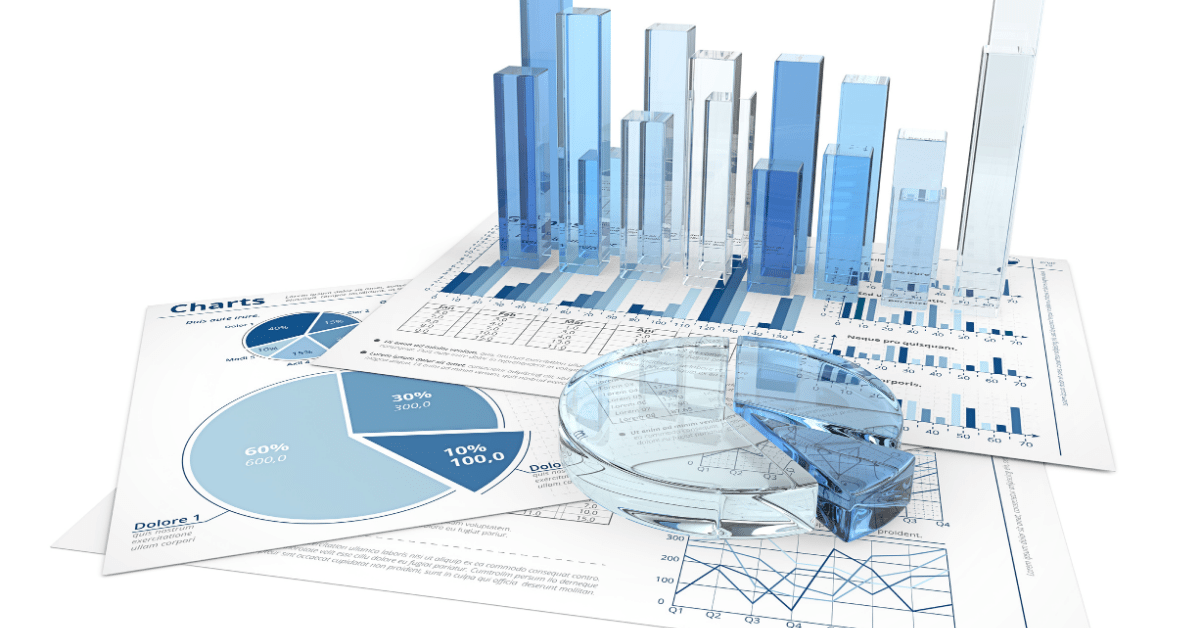 Conclusion
Conclusion
The vibrant landscape of monetary services is seeing a transformative shift with the advent of both open finance and open financial. While open banking has laid the structure by enabling safe and secure access to financial information and cultivating collaboration within the industry, open financing becomes a wider and much more inclusive idea. Open up money extends beyond traditional banking services, including a vast selection of financial products and services from numerous service providers.
The competition and development stimulated by these open designs profit consumers, using them higher selection, enhanced solutions, and boosted economic experiences. As the monetary environment remains to develop, the coexistence and synergy between open finance and open financial are most likely to shape the future of financing, introducing an era of boosted access, efficiency, and customer-centricity.
